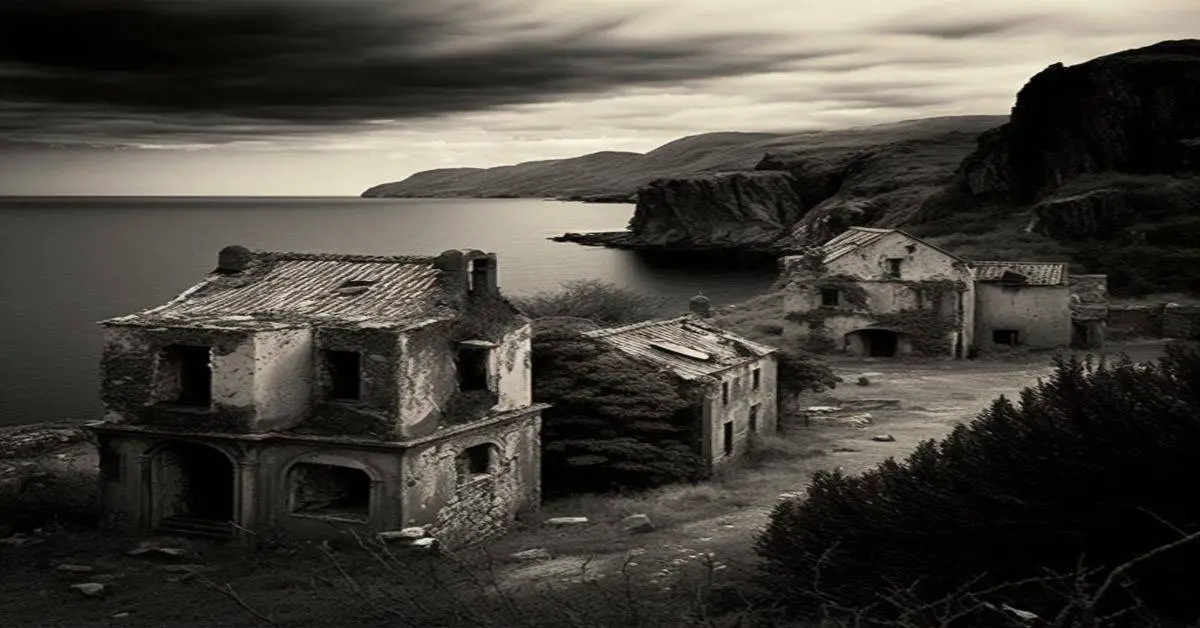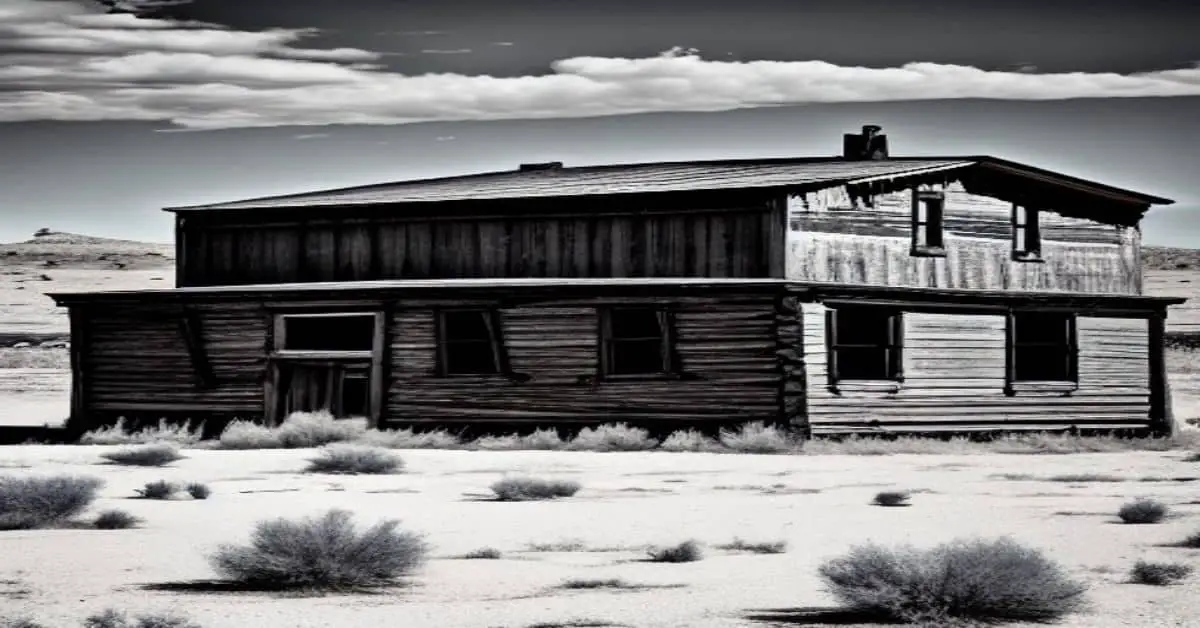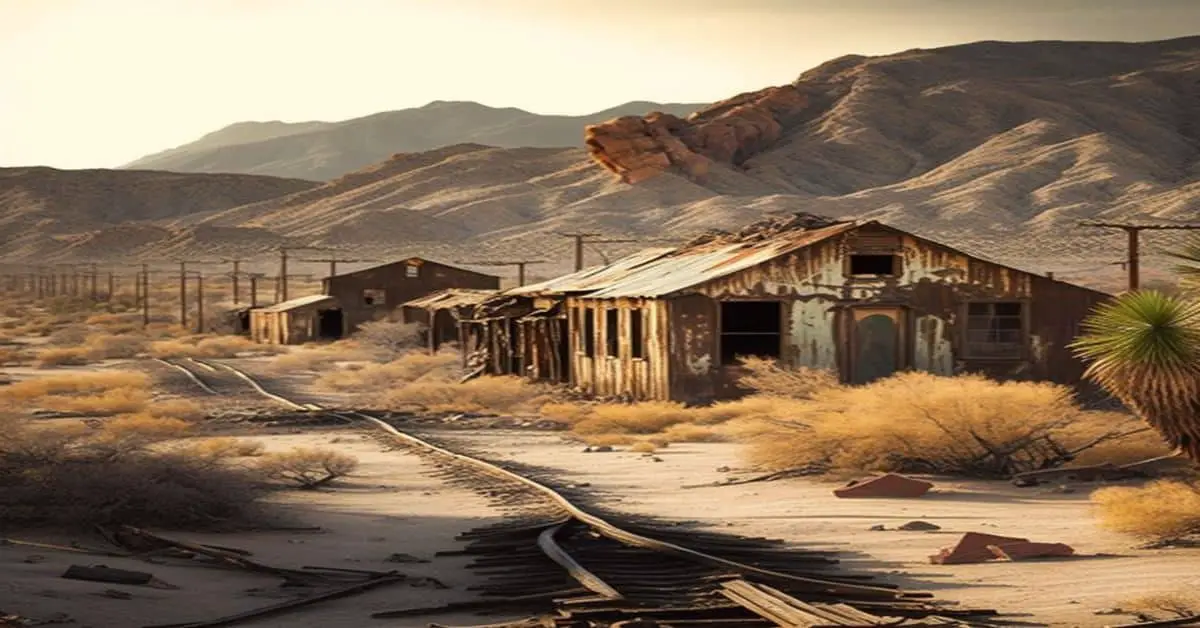Pinal, Arizona, is a ghost town that was once a thriving mining and milling community. Its history is rich with tales of boom and bust, and the remnants of its past still stand today as a testament to its former glory. This article will delve into the fascinating history of Pinal, from its founding to its decline and abandonment, and explore the legacy that it has left behind.
Located in Pinal County, Arizona, Pinal was founded in the late 1800s as a small mining community known as Pickett Post. It quickly grew into a bustling town, with a post office, newspaper, and cemetery that still stand today. The town was home to over 2,000 residents at its peak, many of whom worked in the nearby mines and mills that provided the town’s livelihood.
Despite its remote location, Pinal was a hub of activity, with a vibrant community that included saloons, hotels, and other businesses. However, the town’s fortunes would soon change, and by the turn of the century, Pinal was a ghost town, left in ruins by the devaluation of silver and the decline of its mining industry.
Key Takeaways
- Pinal, Arizona was founded in the late 1800s as a small mining community known as Pickett Post and grew into a bustling town with over 2,000 residents at its peak.
- The town was a hub of activity with saloons, hotels, and other businesses, and its prosperity was linked to nearby Silver King Mine.
- The economic impact of the mining industry was significant for Pinal and surrounding areas, with revenue generated from mining and milling operations essential for the local economy.
- The decline of Pinal was due to the devaluation of silver in the late 1800s, but efforts to preserve its history can be seen through museums and exhibits, as well as the maintenance of the cemetery where Mattie Earp is buried as a nod to the town’s past as a transportation hub.
Location and Founding
Pinal, previously known as Pickett Post, was a mining and milling town located three miles southwest of Superior in Arizona that had a post office and newspaper during its existence. The town was founded in the late 1870s, and at its peak, it had a population of over 2000 people. Its early settlers were mainly miners who came to the area for silver. The town’s prosperity was tightly linked to the success of the nearby Silver King Mine, one of the region’s largest silver mines.
The town’s founders were optimistic about its future and invested heavily in its infrastructure, including building houses, schools, and a cemetery. Despite its remote location, Pinal was a vital hub for transporting goods and people in the region, and the town’s train station was a crucial link to other nearby towns.
However, the town’s fortunes declined rapidly in the late 1800s when silver prices plummeted, and the town’s residents moved away in search of new opportunities. Today, all that remains of the once-thriving town are some foundations and trash. The town was situated at the foot of the Picket Post Mountain, which provided a stunning backdrop to the town’s landscape.
Mining and Industry
The region was once alive with the sound of pickaxes and the glimmer of precious metals as it became a hub for mining and industry.
Pinal was a mining and milling town for the nearby Silver King mine. The town’s proximity to the mine allowed for easy ore transportation to the mills where it was processed. Mining techniques during this time were primarily underground and involved using pickaxes, shovels, and dynamite to extract the ore. The milling process involved crushing the ore to separate the valuable metals from the waste rock.
At its peak, Pinal had a population of over 2000 residents, and the town’s economy was heavily dependent on the mining industry.
The economic impact of the mining industry was significant for Pinal and the surrounding areas. The town provided employment for many individuals, and the revenue generated from the mining and milling operations was essential for the local economy.
However, the town’s fortunes quickly dwindled when silver was devalued in the late 1800s. The mining industry could no longer sustain the town, and by 1890, only ten people remained in Pinal.
Despite the town’s decline, the legacy of its mining and milling industry can still be seen in the remaining foundations and trash.
Decline and Abandonment
Following the devaluation of silver in the late 1800s, the population of the mining town of Pinal dwindled rapidly, resulting in its eventual abandonment. The once thriving town, which had over 2000 residents at its peak, was no longer economically viable, and many people left to find work elsewhere. The decline was not helped by the fact that the town’s primary industry, mining, was becoming less profitable due to the lower value of silver.
Despite the fact that Pinal is a ghost town today, there have been efforts to preserve its history. While nothing is left of the town except for some foundations and trash, the cemetery where Mattie Earp, a relative of the famous Wyatt Earp, is buried has been maintained. The grave is marked with railroad ties, a nod to the town’s past as a transportation hub.
Additionally, there have been efforts to document the town’s history through museums and exhibits, ensuring that the story of Pinal will not be forgotten.
Frequently Asked Questions
Who were some notable residents of Pinal, Arizona?
Pinal’s legacy includes notable residents such as Mattie Earp, a relative of Wyatt Earp, buried in the town’s cemetery. Despite its decline, Pinal’s history intrigues those interested in Arizona’s mining past.
What types of buildings were present in Pinal besides mining and milling structures?
Pinal, Arizona had diverse buildings beyond mining and milling structures, including residential homes, commercial buildings, and civic structures. These constructions had a significant economic impact on the town and its residents.
Pinal had social customs and entertainment options during its peak, including the Pinal Drill newspaper. Local cuisine and religious practices were likely present, but little information is available.
Are there any legends or myths surrounding the history of Pinal?
There are no documented legends or myths surrounding the history of Pinal. However, some individuals claim to have experienced ghostly sightings and supernatural events in and around the abandoned town.
What efforts, if any, have been made to preserve the remaining structures and artifacts of Pinal?
Preservation efforts for Pinal’s remaining structures and artifacts have been minimal due to its remote location and lack of historical significance. The town’s ruins consist of only foundations and trash.


